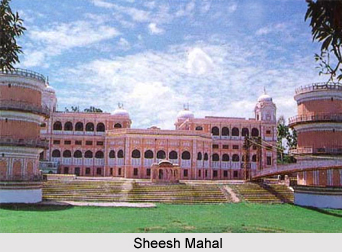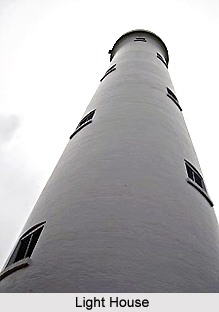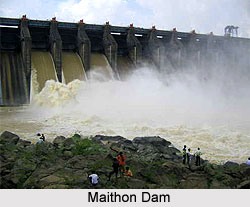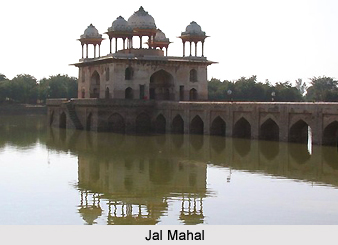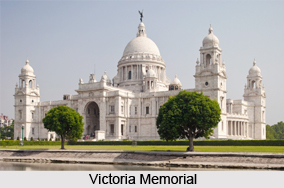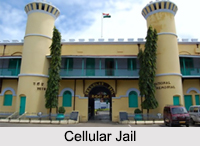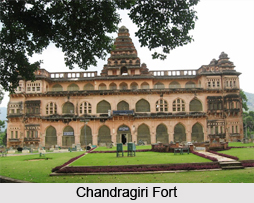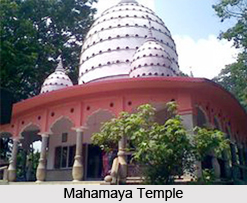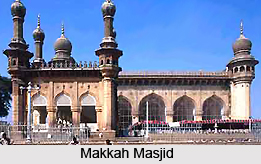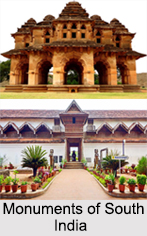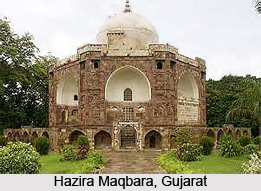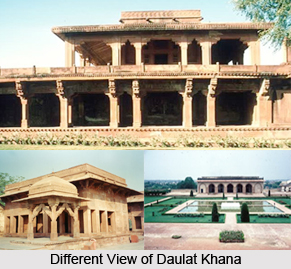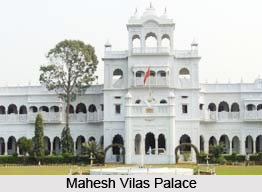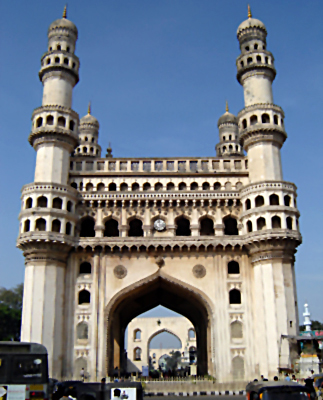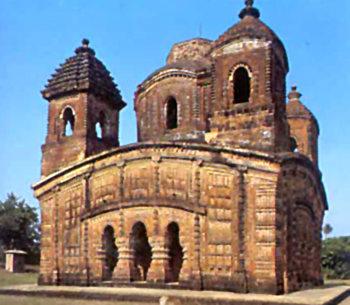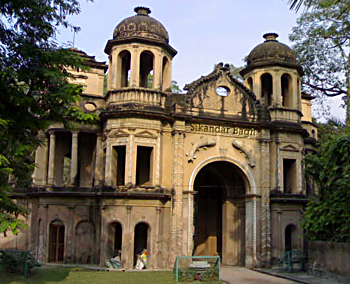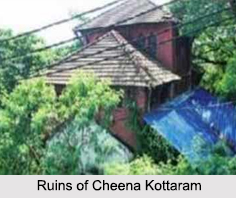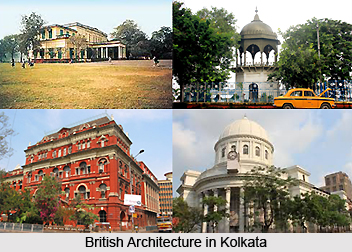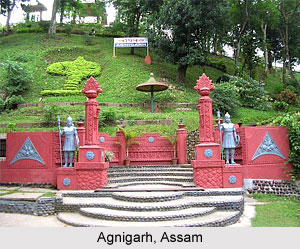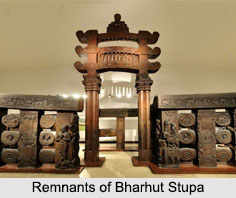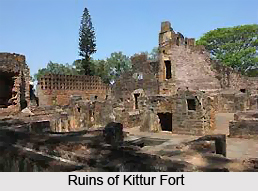 Kittur Fort is situated in the southern Indian state of Karnataka and previously it was a minor principality and also a famous archaeological site of the country. It is about 30 kms away from Belgaum city in Karnataka. The Desai Marathas belong to the region of Kittur occupied the Kittur Fort. A `lingayat` lady known as Rani Chennamma who was a bold warrior, rebelled against the British Empire in India in the year 1824. The glory of this Indian fort reached its pinnacle during the reign of Mallasarja Desai. Currently, Kittur Fort is existent close to the remnants of the Nathapanthi `matha`, the Chalukyan monument and also the temples of Basavanna, Kalmeshwar, Dyamavva and Maruti. The State Department of Archaeology and Museums manages the archaeological museum present here.
Kittur Fort is situated in the southern Indian state of Karnataka and previously it was a minor principality and also a famous archaeological site of the country. It is about 30 kms away from Belgaum city in Karnataka. The Desai Marathas belong to the region of Kittur occupied the Kittur Fort. A `lingayat` lady known as Rani Chennamma who was a bold warrior, rebelled against the British Empire in India in the year 1824. The glory of this Indian fort reached its pinnacle during the reign of Mallasarja Desai. Currently, Kittur Fort is existent close to the remnants of the Nathapanthi `matha`, the Chalukyan monument and also the temples of Basavanna, Kalmeshwar, Dyamavva and Maruti. The State Department of Archaeology and Museums manages the archaeological museum present here.
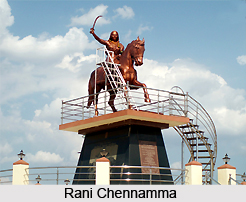 The Kittur Fort boasts of numerous unique artefacts consisting of mail-coat, weapons, shield, inscriptions, swords, embedded doors and windows of Kittur Palace, modern paintings, idols of Goddess Durga belonging to Hirebagewadi, Lord Surya and Lord Vishnu from Devarashigehalli, Subrahmanya from Manoli and herostones of Vishnu and Surya from Kadrolli.
The Kittur Fort boasts of numerous unique artefacts consisting of mail-coat, weapons, shield, inscriptions, swords, embedded doors and windows of Kittur Palace, modern paintings, idols of Goddess Durga belonging to Hirebagewadi, Lord Surya and Lord Vishnu from Devarashigehalli, Subrahmanya from Manoli and herostones of Vishnu and Surya from Kadrolli.
Visitors are welcomed to Kittur town by the beautiful statue of Rani Chennamma who was the famous dowager queen of Kittur. According to historical accounts, she had boldly fought against the British Raj during the 19th century. The queen was the second wife of the ruler Mallasaraja of Kittur who was enchanted with her flawless beauty and brave spirit, which motivated him to make her his second queen.
History of Kittur Fort
Chickamallashetty and Hiremallashetty of Sagar, Shimoga District had established the Kittur Dynasty and they were brothers. During that time, they rendered their services to Sultan Adil Shah. The brothers were granted Kittur and nearby regions during 1586 AD by the Sultan and Sampagaon was their very first capital. The capital was altered to Kittur during the regime of the sixth ruler Mudimallapa Desai who also built the Kittur Palace as well as the Kittur Fort which served as his royal dwelling. Kittur was declared a `welfare state` much later, under the reign of Mallasaraja, the 11th ruler of this dynasty. Finally Mallasaraja was tricked into imprisonment by the Maratha Peshwa Baji Rao II who died in captivity. Thereafter, Mallasaraja`s son Shivalinga Rudrasaraja became the next ruler and by that time the British Empire came to power while the Maratha rule declined.
